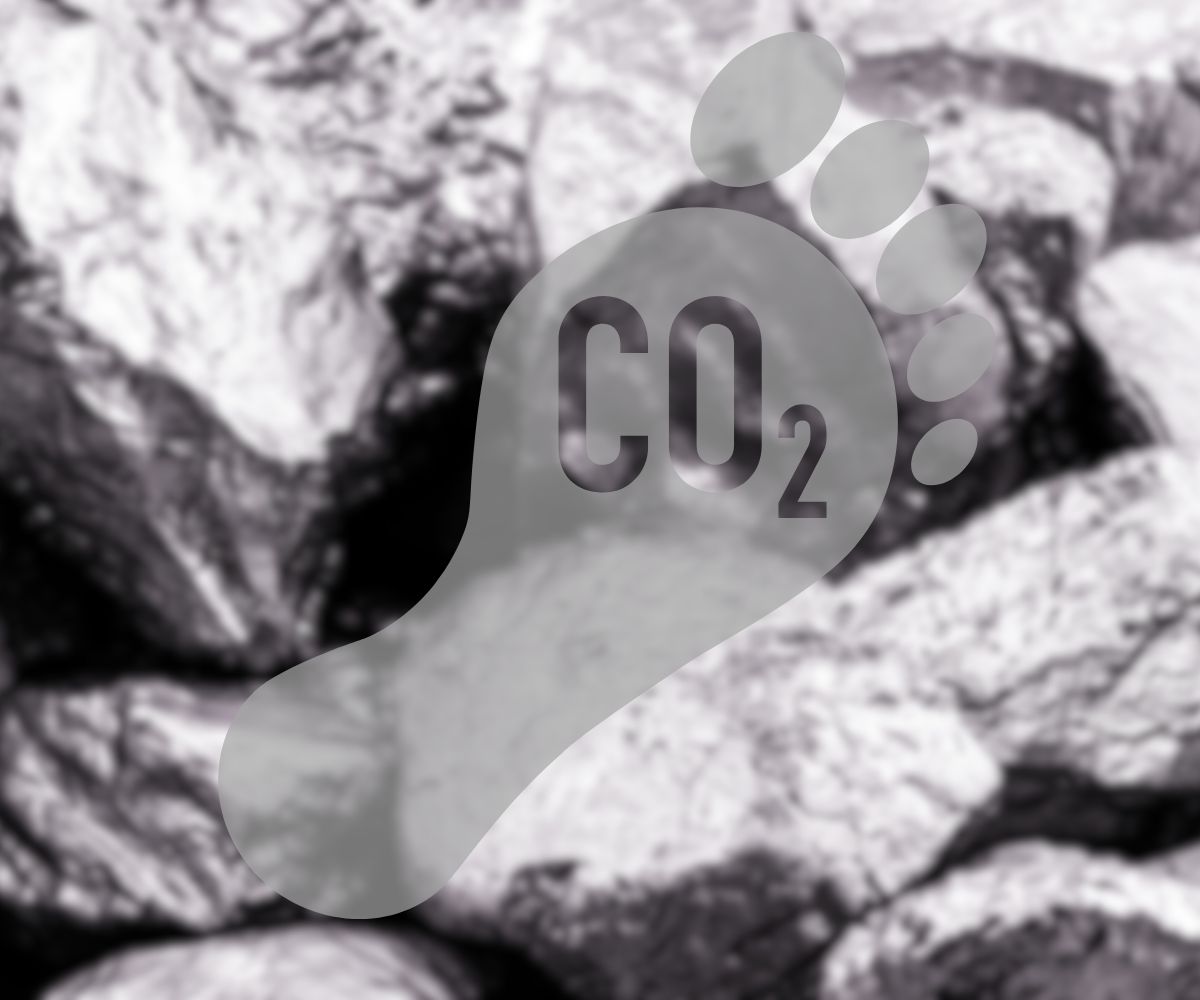
New Disruptive Technology Recycles Rare Earth Magnets Vital to Clean Energy
September 9, 2023 2 By Julie CampbellElectric vehicles, wind turbine generators and other technologies require these materials.
New disruptive technology is placing a focus on the recycling of rare earth magnets, a practice that is expected to play an important role in clean energy technologies that often rely on these materials.
Rare earth magnets are used in everything from wind turbines and EVs to smartphones and hard disk drives.
As vital as rare earth magnets are to critical technologies for everyday use and green energy production, they are, as the name suggests, rare. Recycling them has become an important focus for researchers in order to make certain that the necessary materials will continue to be available and affordable for the manufacture of these technologies.
Of course, the requirements for the recycling tech doesn’t stop there, as it is important to accomplish this goal cleanly in order to avoid producing substantial carbon emissions in order to provide materials to energy tech designed specifically to operate without carbon emissions. It is in this area that disruptive technology is playing a key role in ensuring rare earth magnets will be available without simultaneously producing a massive carbon footprint.
One company in particular is using planet-friendly disruptive technology to recycle rare earth magnets.
A company called Hypromag, headquartered in Germany, is using a unique hydrogen-based strategy for industrial magnet component recycling. In this way, scrap magnets become recycled magnets in which rare earth elements can be extracted. In this way, Hypromag provides an earth-friendly approach to boosting supply chain security for clean energy companies while reducing dependency on imports of primary resource magnets.
To achieve this goal in an environmentally friendly way, they use a patented (by the University of Birmingham) disruptive technology called the HPMS process. It produces powdered recycled magnets in a waste-free metal powder injection molding process. This process earned Hypromag the German Raw Mineral Efficiency Award.
Hydrogen Processing of Magnetic Scrap (HPMS)
Hydrogen Processing of Magnetic Scrap (HPMS) is a disruptive technology turning the recovery of these materials on its head. It is highly efficient as a recycling process that disintegrates sintered Nd-Fe-B magnets into demagnetized, loose hydrogenated powder through hydrogen exposure. This process makes it possible to mechanically separate screws, adhesives, coatings and other residues from the magnetic powder.
When compared to primary rare earth magnet production, there is a 25 percent higher output, since the material is held as an alloy throughout the length of the recycling process.
This disruptive technology provides even greater benefit when examining the energy savings and safety to human workers. As a result of the notably higher output levels, the result is an energy savings of 90 percent and an incredible 98 percent reduction in human toxicity when compared to primary production.
Science FAQ’s
Q1: What are rare earth metals?
A1: Rare earth metals, also known as rare earth elements (REEs), are a group of 17 chemical elements that appear in the periodic table. They include 15 lanthanides along with scandium and yttrium. Despite their name, they are relatively abundant in the Earth’s crust but are often difficult to find in economically exploitable concentrations.
Q2: Why are they called ‘rare’?
A2: These elements were termed ‘rare’ because they were originally discovered in rare minerals and were isolated from them in the form of oxides, which were termed “earth.” Although they are not especially rare in terms of abundance, they are so called because their dispersion means they are often hard to find in exploitable quantities.
Q3: What are some examples of rare earth metals?
A3: Some examples of rare earth metals include Cerium (Ce), Dysprosium (Dy), Erbium (Er), Europium (Eu), Gadolinium (Gd), Holmium (Ho), Lanthanum (La), and more.
Q4: What are rare earth metals used for?
A4: Rare earth metals are used in many high-tech devices and applications. For instance, they’re used in the production of magnets, rechargeable batteries for electric and hybrid cars, advanced ceramics, computers, DVD players, wind turbines, catalysts in cars and oil refineries, monitors, televisions, lighting, lasers, fiber optics, and superconductors.
Q5: Why are rare earth metals important?
A5: Rare earth metals are crucial to many modern technologies. Their unique chemical properties can be leveraged for a wide array of electronic, optical, and magnetic devices. They have also been essential in the development of clean energy technology, such as wind turbines and electric vehicles.
Q6: Are rare earth metals recyclable?
A6: Yes, technically, rare earth metals are recyclable. However, the process of recycling them is complicated and often not cost-effective. As such, most rare earth metals currently do not get recycled.
Q7: What are the environmental impacts of mining rare earth metals?
A7: The mining and refining processes of rare earth metals can have significant environmental impacts. This includes the creation of large amounts of toxic and radioactive waste. Moreover, these processes require a substantial amount of water and energy.
Sources:
USGS
Geology.com
Britannica
About The Author
Julie Campbell is a veteran news writer with a primary focus on hydrogen fuel and renewable energy, technology, health and wellness. Campbell has been the head of a freelance writing company since 2003...READ MORE
2 Comments
Leave a Reply Cancel reply
This site uses Akismet to reduce spam. Learn how your comment data is processed.



 With over 15 years of reporting hydrogen news, we are your premier source for the latest updates and insights in hydrogen and renewable energy.
With over 15 years of reporting hydrogen news, we are your premier source for the latest updates and insights in hydrogen and renewable energy.
Every windmill generator uses between 1-2 tons of rare earth metals. Something has to be done to solve that problem. I’d prefer a strong focus on nuclear power, which is the Holy Grail. Solar and wind power can still play a role as minor contributors. BMW and others are turning to electric motors that have no magnets and no need for rare earth metals.
Northvolt and First Graphene have and are developing a working solution that will soon allow endless energy for all nations worldwide without the need for rare earth elements. The Dead Sea will be revitalized because of these breakthroughs. The Jordan east side of the Dead Sea will have communities that will prosper from this technology. In the near future, a very large work force will be employed to develop this area and extract the minerals needed to produce the grid storage sodium-ion batteries from the Dead Sea This advanced sodium-ion battery uses a metal-oxide electrode.